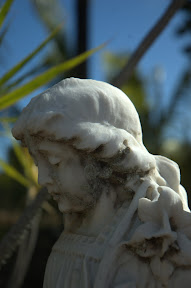 T
There was potentially big news for solar in California. The California Public Utilities Commission (CPUC) decided that PG&E and other utility companies have to
pay homeowners for excess solar power. In the past, it's been simple net-metering, and any excess was used to offset their bill. Now PG&E has to pay a market rate for the excess. In theory that means solar panels can be paid off sooner, and eventually even make money.
Why isn't this huge news? Because the price was set based on daytime wholesale electricity rates paid to power plant owners, which fluctuate daily based on market conditions. That means when supply is low and demand is high, all is good for power producers. But much of the day and much of the year, California has an excess of electricity available, which means low prices, sometimes even negative.
Part of my day job is writing software for a small power plant, one piece of which is a program to monitor the energy price through the day. The price is set by the
California ISO (CAISO), and is affected by supply and demand, loss, and transmission costs. After deregulation, companies like
Enron gamed the market, resulting in power shortages, rolling blackouts and high prices. CAISO is designed to hopefully eliminate that possibility in the future, in part by always making sure there's more than enough power to meet the demand.
This year in particular, prices have been relatively low in part because demand has been low due to cooler than normal temperatures (until last week), and in part because of higher supply. Why not just dial back production if there's too much? Some generation is hydroelectric, and generates 24x7 depending on water flow, which has been higher this year. Even fossil-fuel based plants that can be adjusted up or down usually can't be adjusted that quickly, so there's generally a large excess.
The other factor is that solar is still a
tiny portion of the power generated in California. Yesterday, for example, solar in California accounted for 4,142 MW hours of power, mostly between 8AM and 7PM. That's out of total system demand of 602,261 MW hours, or less than 0.7% of the total. A residential solar install is going to be a tiny fraction of that tiny fraction. All that means that with prices set based on market rates, the payment amounts are going to be very small.
As noted in
the article, some people think this is fair, while others think the price paid should be higher to encourage further solar development. What's the right answer? I don't know, but in the short-term this doesn't change much, even for most solar owners. We still don't have solar power, but now that
our neighbor's big tree is gone, it may make sense.














